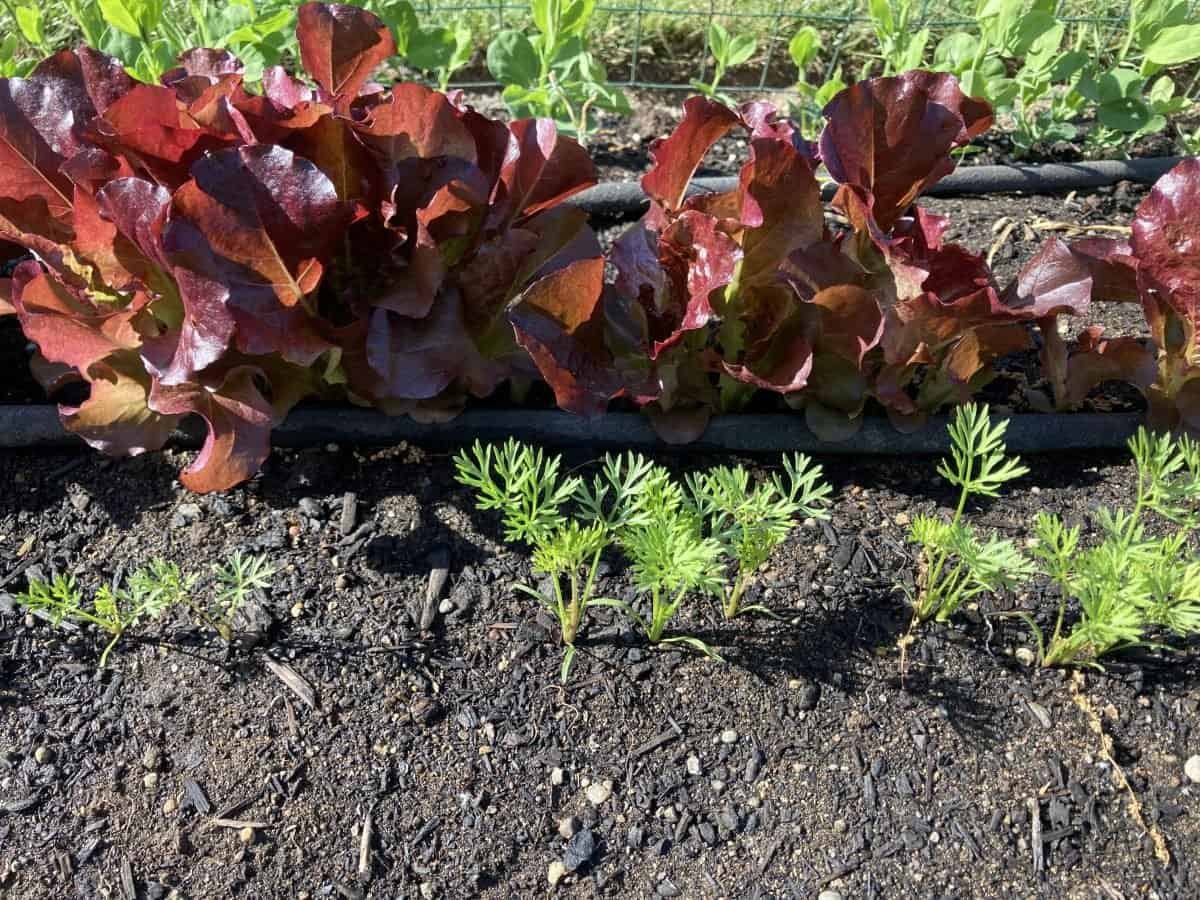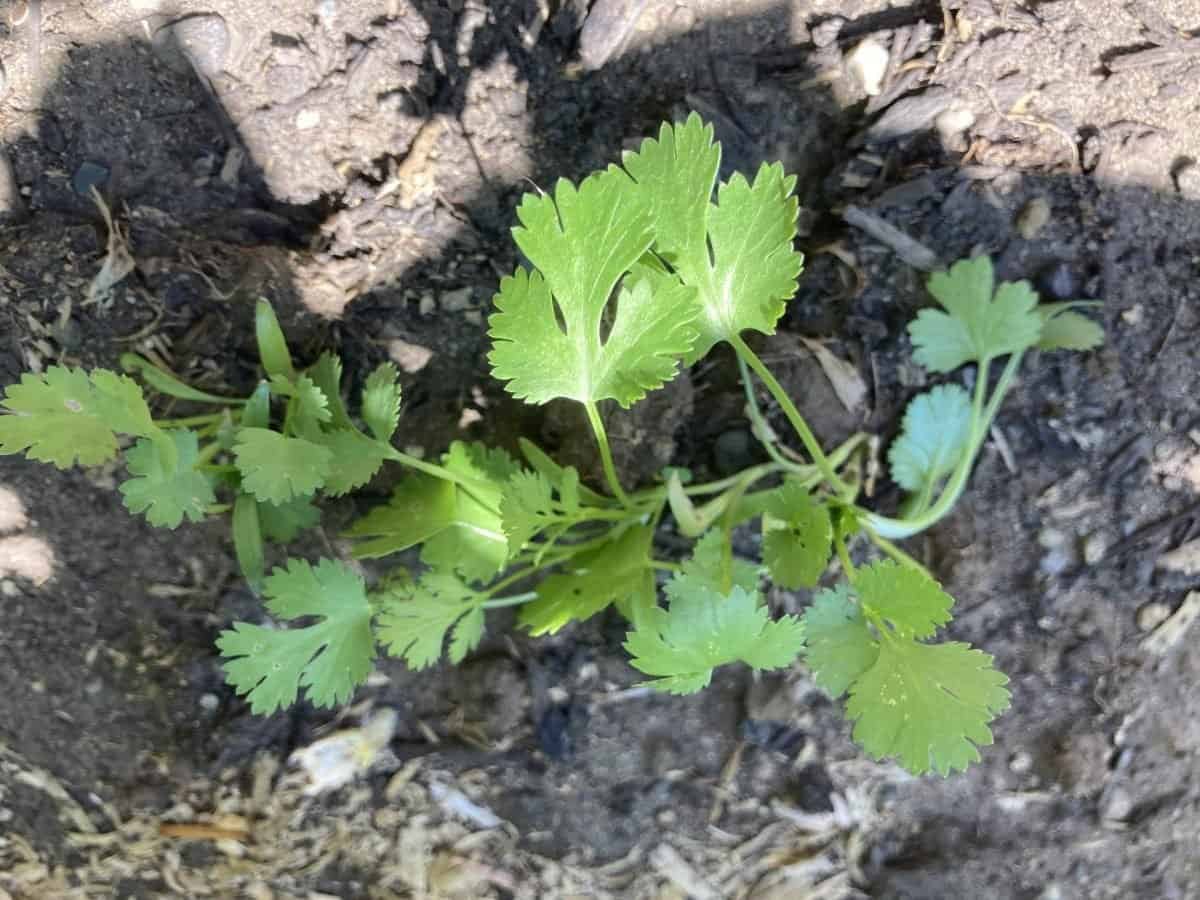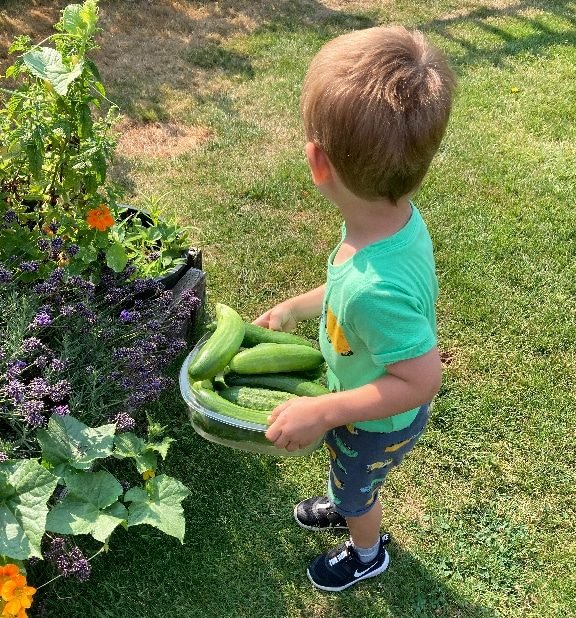Beans are an easy vegetable to grow in your garden and are a great vegetable to have your children or grandchildren be involved in growing from seed since they are so easy to plant.
My days of harvesting beans go way back to my childhood when most kids picked beans in the fields to earn money. For some, this might be why they hate eating and growing beans since it was not the most enjoyable job. I have resolved that with the satisfaction of surviving my summer bean-picking job as a kid in Eugene, Oregon in the 60s.
I will say we had a lot of fun having people play their transistor radios to the tunes of “Hey Jude and Yellow Submarine” by the Beatles and everyone singing along.
The first decision you will need to make if you are growing beans is the decision to grow bush beans or pole beans the pole beans need to be staked or trellised to grow vertically supporting the plant’s growth.

Planting pole varieties of beans allows you to maximize your space and the plantings you can have.
PH level for beans is typically 6.0-6.2 with acidic soil.
How to Grow the Best Beans: Bean Varieties
This harvest is the yellow was and purple bean great blend of colors.

Here are a few varieties that I have grown successfully and enjoyed over the years that you might like.
Blue Lake Pole Beans
Consistent flavor and produces lots of beans throughout the growing season, harvesting beans when 4-5 inches long for best flavor and tenderness.
Yellow Wax
This is a long slender bean that is known for its less stringy production. Beans are longer than standard green beans reaching 6-7 inches when harvesting.
Yellow Capitano
62 days. A taste sensation, these glowing yellow Romano beans have a delicious, full flavor and a smooth, tender, stringless texture. The upright, bushy plants are lavishly covered with 4 ½–5 inch long pods that are ½ inch across. The plants proudly yield heavy crops of robustly flavored beans that exhibit their golden color even when pods are small.
Seeds can be purchased from Territorial Seeds.
Purple
These beans are known for their vibrant purple color but when cooked they turn back to their green typical color. Harvest when 5 inches long for tenderness, since they can tend to get stringy if left too long on the vine.
Bush Crocket Beans
These beans grow to a height of 2 feet and do not need a trellis or support system. The beans consistently produce for longer a period of time than the typical pole bean that comes on for a shorter period of time. Best to harvest when 5-6 inch long slender beans for sweet flavor and tenderness.
I usually will grow several different varieties to add color to my garden with yellow, purple, and green beans. This is a great way to add color to your meals as well as being very nutritious.
Garden Location
Beans do best when planted in an area that receives full sun for as much of the day as possible.
Planting Beans
The nice thing about beans is the soil does not need to be very good for beans to do well.
Beans should be planted in late spring or early summer when the ground temperature has warmed allowing good propagation by directly planting seeds in the garden. The depth to plant the seeds is usually 1/2 to 1 inch depending on the make-up of the soil the heavier the soil the less depth for seeds.
They have a shallow root system so be sure to not disturb the beans once they are planted except to cover with mulch.
Mulching
This will prevent the soil to build a crust on the top and can be mulched with many different varieties of mulch. Beans need to have well-draining soil, and by mulching, it will allow the water to be delivered to the roots and not be evaporated.
Staking or Trellising Beans

Pole beans need to be staked or trellised to grow vertically since they can grow to 4-6 feet, and they need support to keep the beans off the ground and to give good air circulation.
There are many ways to build the support from a tripod that they can grow up to using tall stakes and running twine between them for the beans to grow on.
Watering
Beans need consistent watering of 1 inch per week and are best watered in the morning so that the leaves dry out if they get wet reducing any chance of diseases.
Fertilizing
Beans do not need a high nitrogen fertilizer to grow well, but they do need to receive a feeding mid-way through the season so best to side-dress with a low nitrogen fertilizer.
Beans capture nitrogen from the air, so this is why they do not need a high-nitrogen fertilizer added to the soil.
Harvesting
Harvesting your beans is critical to keeping the plants producing more and to have beans that are not stringy or tough. Best to harvest beans every two days once they start producing to get the best-tasting tender beans.
How to use your Beans
It is best to harvest and cook them soon after picking them for the best flavor and crispness. You can steam, boil or roast them for an easy addition to any meal.
They can be stored for several days if you have to many to eat all at once.
Beans can also be pickled for a great treat all year long.
Beans are a low-calorie high fiber and good vitamin C vegetable to add to your diet.
Benefits for your garden
When growing beans in your garden you will add nitrogen back into the soil for the next year’s crops. This is another good reason to rotate your crops.
I hope you found this article on How to Grow the Best Beans very helpful for you to grow a great tasting bean that produces a large crop for you and your family to enjoy.




